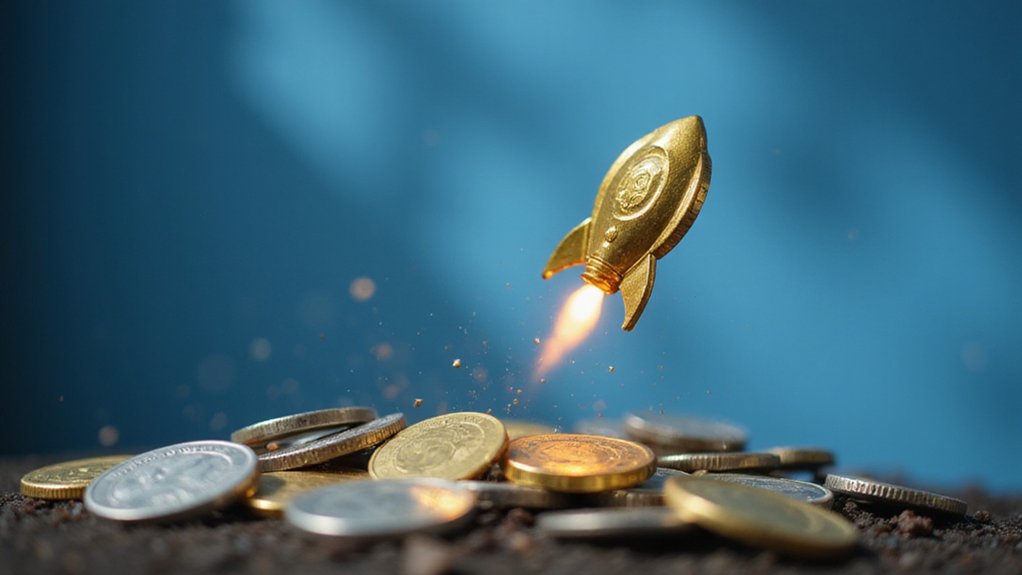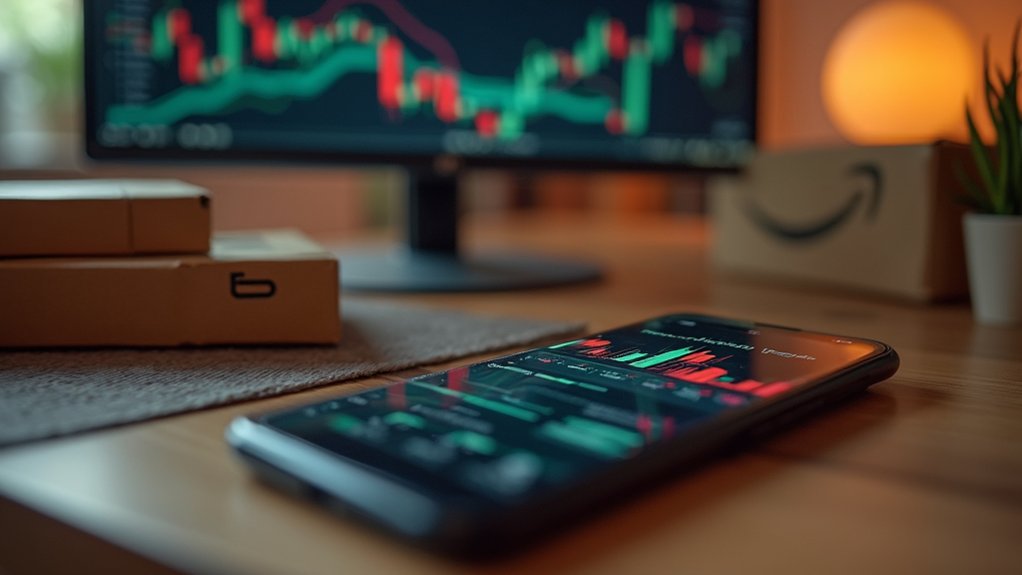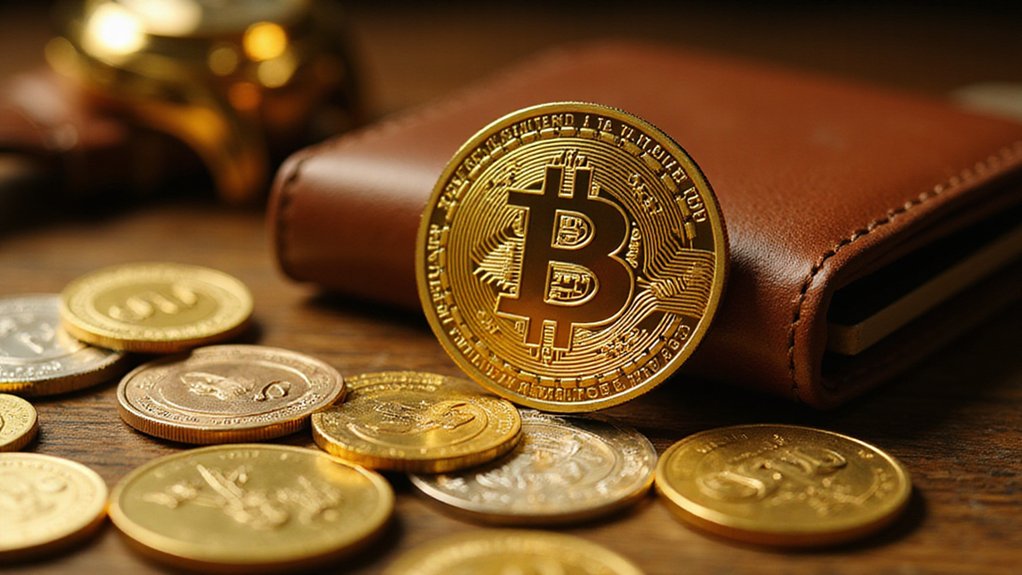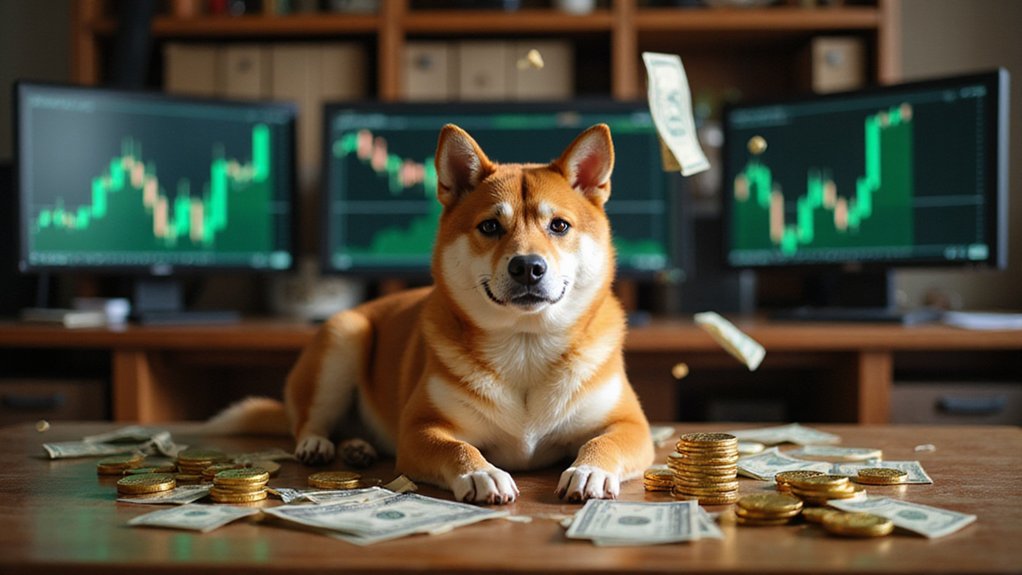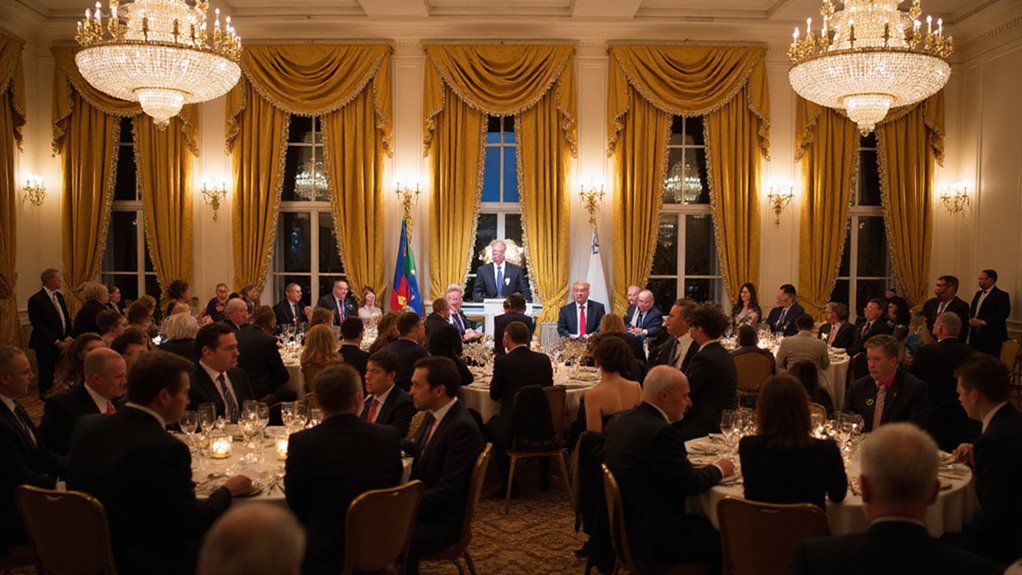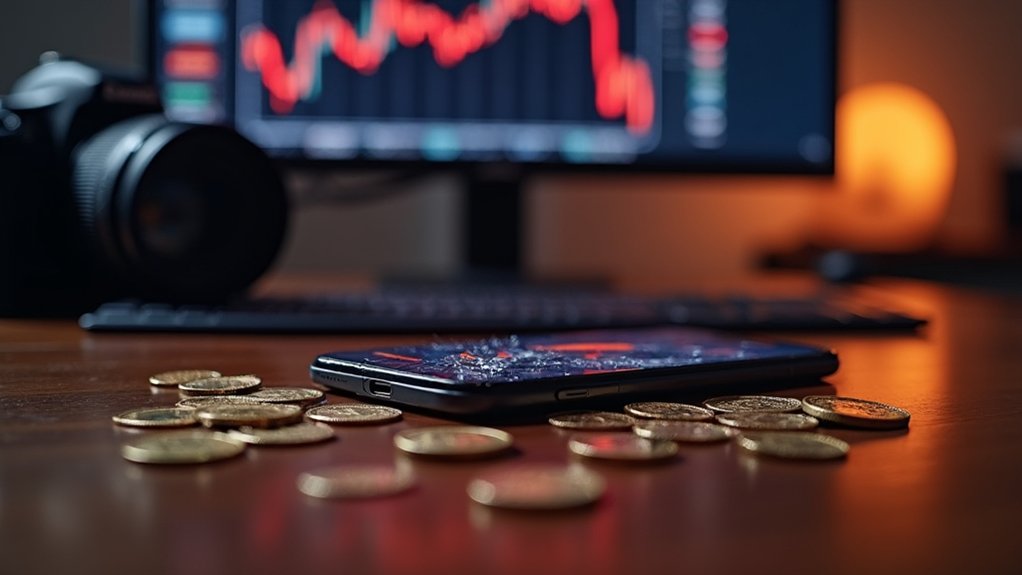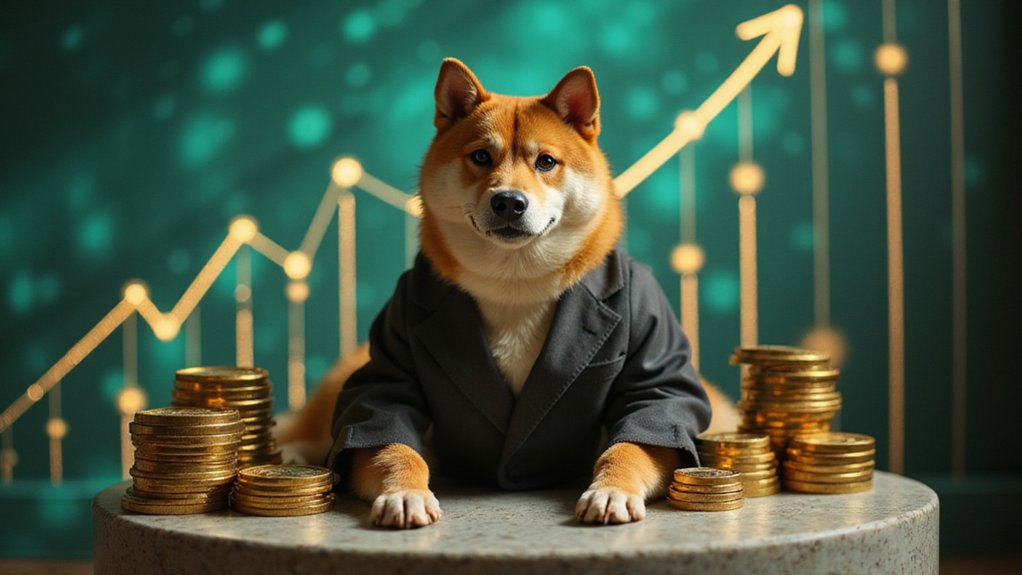While traditional investors continue to debate the merits of digital assets with measured skepticism, the memecoin market has quietly—or perhaps not so quietly, given the $18 billion in daily trading volume—exploded to a staggering $72 billion market capitalization in July 2025, representing a 29% monthly surge that would make even the most seasoned portfolio managers pause mid-sip of their morning coffee.
The nearly $17 billion injection into this corner of the cryptocurrency ecosystem didn’t materialize from thin air, though it could be contended the underlying assets are hardly more substantial. Ethereum and Solana rallies provided the foundational momentum, creating what analysts euphemistically term “renewed investor appetite for higher-risk assets“—a phrase that somehow makes betting on dog-themed tokens sound like sophisticated portfolio diversification.
The $17 billion didn’t appear from nowhere, though the meme-based assets receiving it arguably possess similar substance.
Individual performers within this digital menagerie demonstrated the sector’s characteristic volatility with theatrical flair. Bonk surged 72%, while Floki climbed 45% and Pudgy Penguins waddled to a 58% gain over the past week. These percentages, which would constitute career-defining returns in traditional equity markets, represent merely another Tuesday in memecoin territory.
The surge reflects broader market dynamics beyond mere speculation (though speculation remains the primary driver, naturally). Increased trading volumes signal heightened liquidity, while community sentiment and on-chain activity contribute to momentum that technical analysts describe through Bollinger Band compressions and RSI convergence—sophisticated terminology applied to assets named after internet memes.
Prominent investors like Murad, whose portfolio has reached $56.9 million, serve as unlikely validators for institutional interest creeping into previously retail-dominated territory. Their success attracts attention from investors seeking alpha in increasingly efficient traditional markets.
Historical volatility patterns suggest potential for sharp upward breakouts, with analysts predicting sustained growth based on squeeze zones and momentum indicators. Whether this represents the beginning of a “memecoin season” or merely another speculative bubble remains to be seen, though the distinction may prove academic for participants riding the current wave.
The market’s trajectory depends on sustained momentum beyond current levels, with community engagement and social media presence continuing to drive valuations in ways that would confound traditional fundamental analysis. This explosive growth aligns with projections showing memecoins could reach a staggering $925.2 billion by 2035, driven by an expected CAGR of 26.7% over the next decade.
